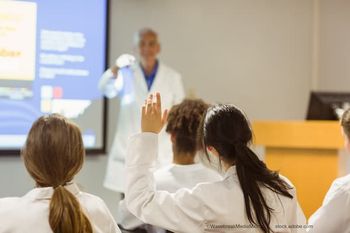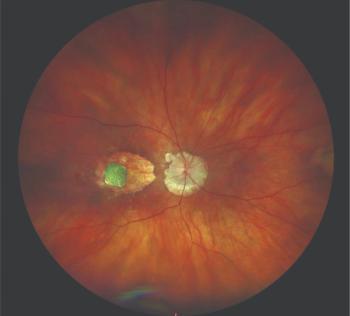
Viewpoint: Reflecting on good luck charms
Many men Dr. McDonnell's age become attached to certain items of clothing.
"Don't want a four leaf clover Don't want an old horse shoeI want your kiss 'cause I just can't missWith a good luck charm like you."
-Good Luck Charm,
recorded by Elvis Presley
I have possessed a special shirt for many years. It's a cotton T-shirt with the logo and name of a university where I once worked, and where two of my children now attend school. It was never very impressive to look at, but was very comfortable and possessed special powers.
Then a cruel experiment took place. Traveling one day to a city far from home to be a visiting professor, I watched the game in my hotel. Before the kickoff, as the announcers opined on the key players and strategies that would determine the victor, I reached into my suitcase for my lucky shirt only to discover that, in my haste to pack for the trip, the shirt had been forgotten! No doubt you've guessed the result; my team-by this time itself the heavily favored national powerhouse-suffered a terrible upset.
Incontrovertible evidence
When I wore the special shirt, the team's winning percentage exceeded 0.900 over two seasons (losing one or zero games in a 12-game season). But with the shirt folded away in my drawer at home, the team's winning percentage was 0.000 (0 out of 1).
Using the same reasoning as my fellow ophthalmologists who author journal articles or speak at meetings and conclude that the portent of their data is so obvious as to make larger sample sizes and statistical analysis superfluous, I dispensed with formal p value calculation and logically concluded that wearing my shirt was responsible for the streak of victories. With this knowledge came the responsibility to wear it every weekend during the season. It would certainly be unethical to test this shirt's efficacy any more.
The problem arose as the shirt material did not prove as durable as the team's winning ways. My solution was to wear the magic shirt under another shirt when in public, ensuring a high winning percentage for the team while avoiding embarrassing my friends and family.
At the start of this season, put off myself by the shirt's deterioration, I considered putting it in the rag pile. But the duty to my team prevailed, and the shirt survived. Shirt notwithstanding, however, this year my team stinks. Inexplicably, multiple games were lost by wide margins. So the shirt is now history.
In retrospect, I have to wonder whether the shirt was ever really a talisman that brought victory. Was I wrong to rely on my "clinical experience" instead of performing a randomized trial, and should I have submitted my data for statistical analysis?
Whether or not the shirt helped my team win, it was fun to think so. And besides, it has been replaced with a much better good luck charm, so next season will be much better.
By Peter J. McDonnell, MD director of the Wilmer Eye Institute, Johns Hopkins University School of Medicine, Baltimore, and chief medical editor of Ophthalmology Times. He can be reached at 727 Maumenee Building 600 N. Wolfe St. Baltimore, MD 21287-9278, Phone: 443/287-1511 Fax: 443/287-1514
Newsletter
Don’t miss out—get Ophthalmology Times updates on the latest clinical advancements and expert interviews, straight to your inbox.





